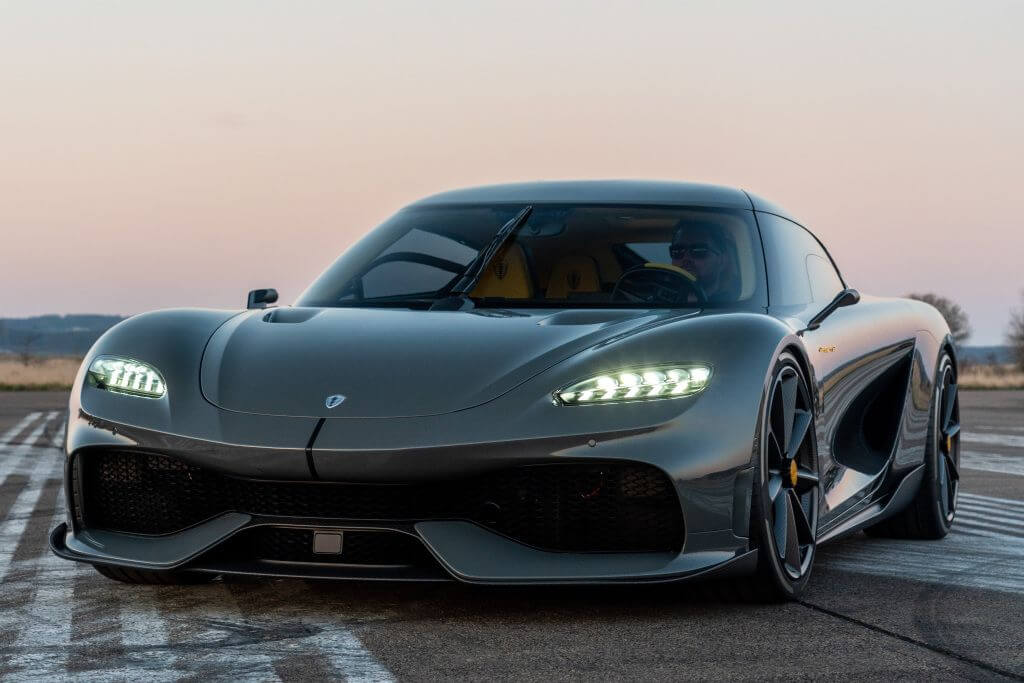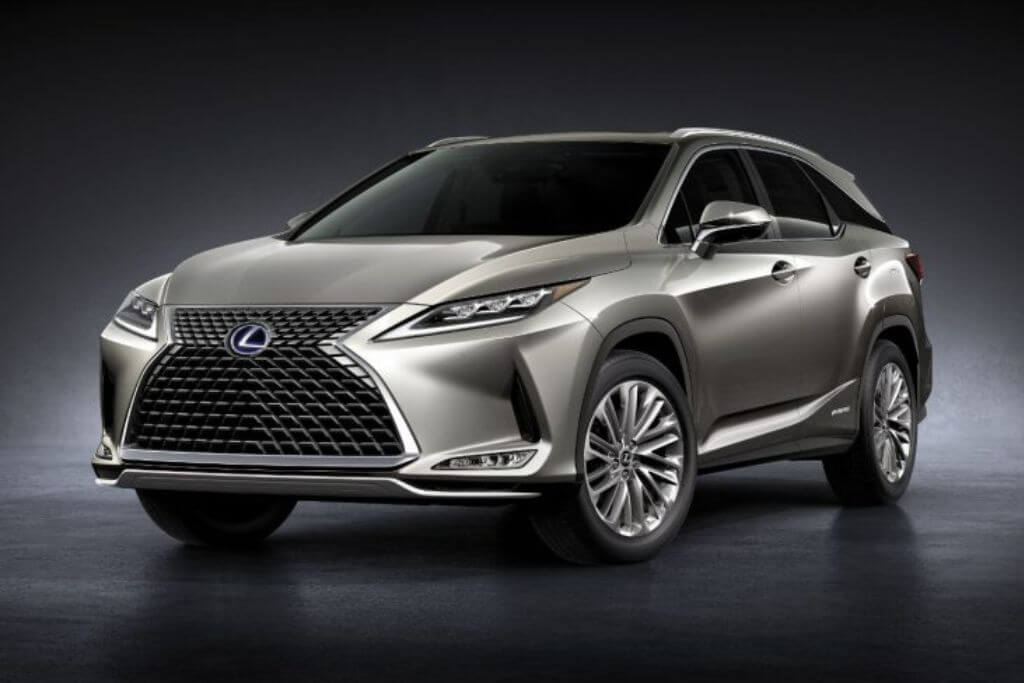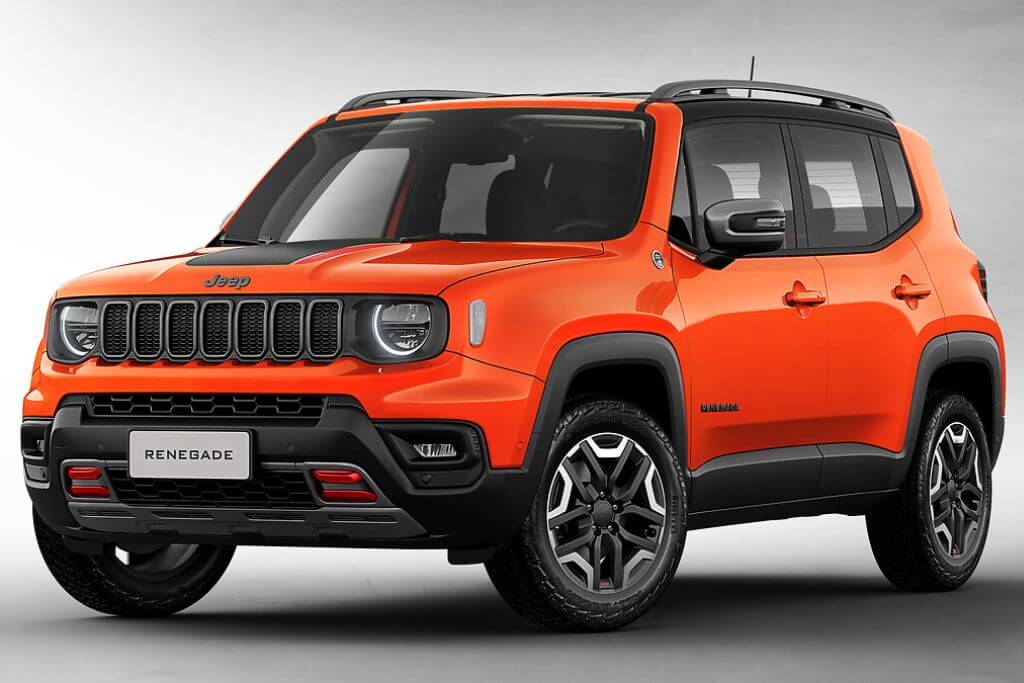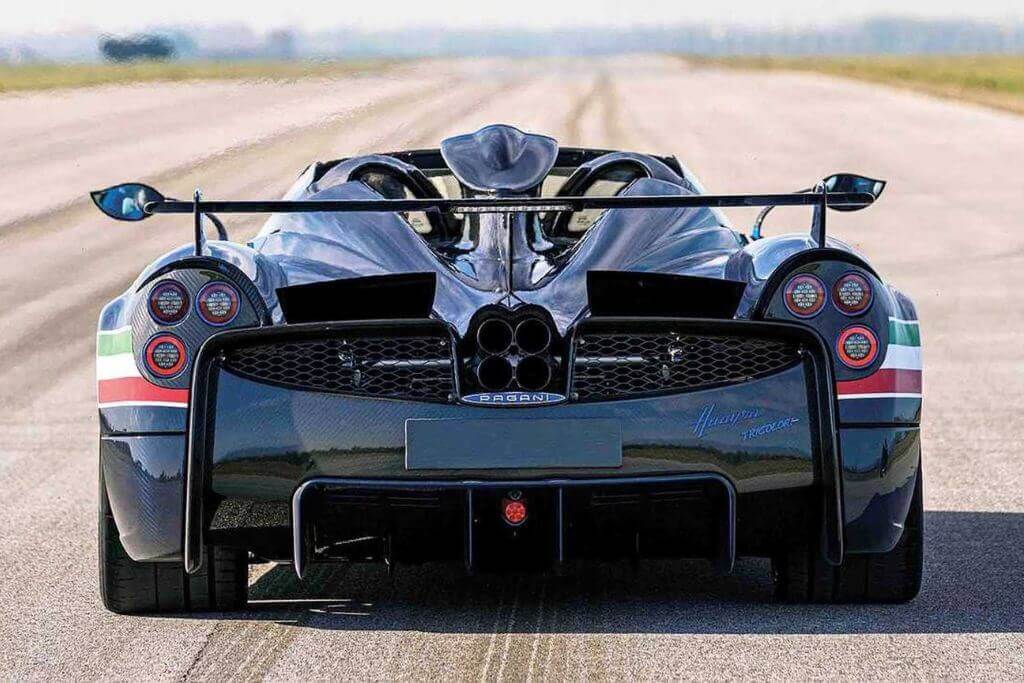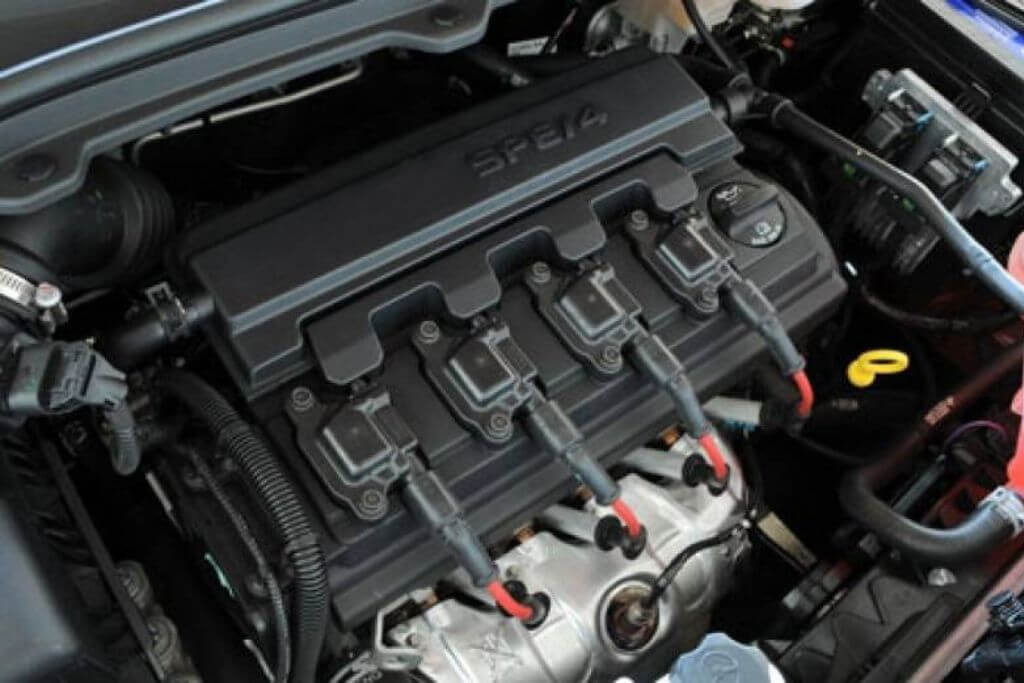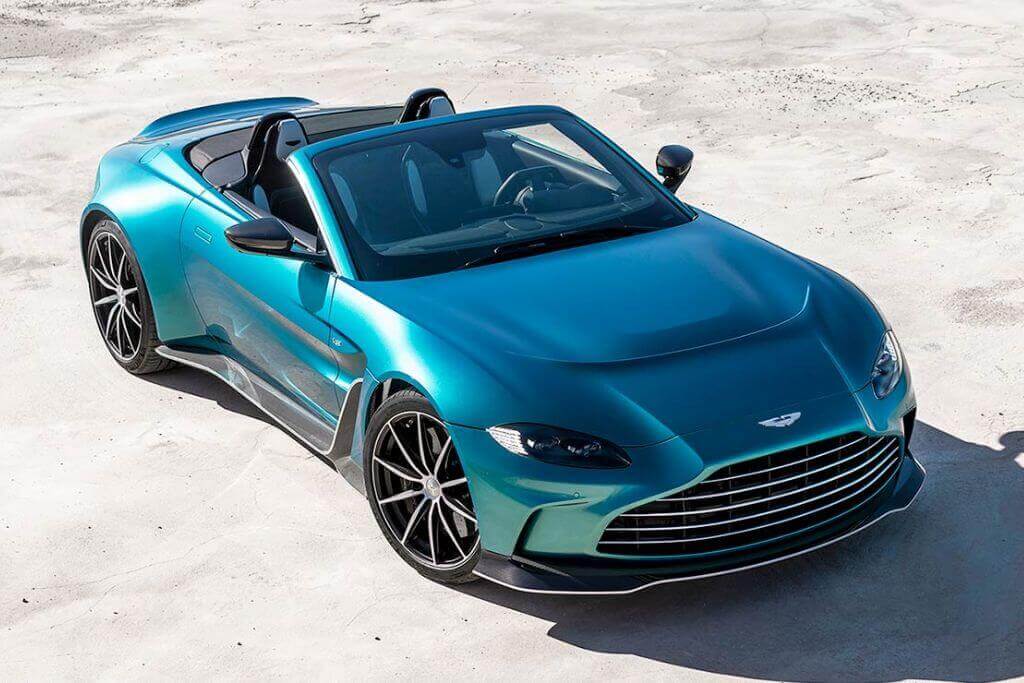Meet the Romi-Isetta, a microcar known for being the first to be produced in Brazil
Adverts
The Romi-Isetta, a Brazilian version of the famous Isetta microcar originally developed by Italy's Iso SpA, has a remarkable history in the industrial and economic context of Brazil in the 1950s.
Production began in 1956 when Indústrias Romi S.A., a Brazilian machine tool company, obtained the rights to manufacture the Isetta.
This pioneering microcar, the first to be produced in Brazil, retained the distinctive design of the Italian version, with its single front door containing a steering wheel and steering column, and the engine located at the rear.
Adverts
Initially equipped with a 236 cc two-stroke engine, later increased to 245 cc, the Romi-Isetta stood out for its fuel economy and capacity for two people.
Adaptations were made to suit local conditions, and the vehicle gained popularity as an economical and practical option for urban transport at a time of fuel shortages and tax changes in Brazil.
The Romi-Isetta's sales success continued until the early 1960s, when changes in the automotive market and regulations led to production ceasing.
Despite this, the microcar remains an icon of the Brazilian automotive industry. Today, well-preserved examples are collectors' items, testifying to the adaptability of the local industry and its unique role in the history of mobility in Brazil.
The Romi-Isetta, with its striking presence on the roads during the 1950s and 1960s, left a lasting mark on the country's automotive memory.
Quick Index:
A brief history of the Romi-Isetta
The Romi-Isetta was the first car produced in Brazil, originating from a project by the Italian designer Ermenegildo Preti, which was presented by the Italian car manufacturer Iso Automotoveicoli at the Turin Motor Show in 1952.
Designed as a response to the demand for a cheap and economical car in the post-war period, the Romi-Isetta had a peculiar feature: its front door.
You might be interested:
- Free dental implants in the Smiling Brazil Programme
- Receivables: how to claim on time
- All about the Winter Bono
In 1955, Indústrias Romi S/A received authorisation from Iso to produce the car in Brazil. The first national model was launched on 5 September 1956, with a two-stroke engine. This was a milestone, being considered the first passenger car to be truly manufactured in the country.
In 1959, the Romi-Isetta received a four-stroke engine manufactured by BMW. Production in Brazil ended on 13 April 1961, with just over 3,000 units produced.
Today, the Romi-Isetta is an object of desire among car collectors, and examples in good condition can fetch significant prices on the domestic market.
Romi-Isetta and its three wheels
The original design of the Isetta was strongly geared towards producing an affordable, compact and economical car as the world was recovering from the Second World War.
In addition, its design provided exceptional manoeuvrability, making it particularly useful for navigating the narrow streets of some European cities, as well as the centre of Rio de Janeiro at the time.
Curiosities
Italian origins: O Romi-Isetta has its roots in Italy, being a local version of the original Isetta microcar developed by Iso SpA. Iso SpA pioneered the design and conception of the vehicle, which was later adapted and produced in Brazil by Indústrias Romi S.A.
Brazilian adaptations: To adapt to the Brazilian market and local conditions, the Romi-Isetta underwent several adaptations compared to the Italian model. Changes to the suspension and mechanical adjustments were made to meet the specific requirements of the Brazilian automotive market at the time.
Compact Microcar: The Romi-Isetta is a microcar, characterised by its compact size and peculiar design. Its oval-shaped body and unique front door, which includes the steering wheel and steering column, stand out as distinctive features.
Rear engine: Like the original Italian model, the Romi-Isetta had a rear engine. This not only optimised interior space, but also contributed to the vehicle's driveability in urban environments.
Success as an Economic Vehicle: Launched at a time of fuel shortages and changes in Brazilian tax policies, the Romi-Isetta gained popularity as an economical option for urban transport. Its fuel economy became a significant advantage.
Limited Production: Production of the Romi-Isetta was relatively short, starting in 1956 and ending in the early 1960s. During this time, a few thousand units were produced, making the well-preserved models valuable collectors' items.
Legacy in the Brazilian Automotive Industry: The Romi-Isetta is recognised as a milestone in the history of the Brazilian automotive industry. Representing the ability of local companies to adapt to the economic conditions and regulations of the time, the microcar left a unique legacy that is remembered to this day as an important part of Brazilian mobility.
You may be interested:
- The 5 best online auction sites
- How to tell if an online auction site is reliable
- Discover the Car and Motorbike Auctions
Did you like this content? Share it with your loved ones and save it to your favourites for future reference.






